
The Metro Villa de Cortés is named for the neighborhood directly to the station’s east. This is named for the legend of meeting between the Emperor Moctezuma and Hernan Cortés.
Moctezuma is said have assembled all of the nobles of the empire and to have received the Spanish in this area of the Calzada de Tlalpan. The Calzada, the causeway, was an ancient road that left Iztapalapa in the southeast of the Valley of Mexico. There are a number of arguments to support the meeting having taken place anywhere between here and the Hospital de Jesus in the Centro Histórico. The hospital is widely considered the northern terminus of the causeway.
The station logo thus represents the battle helmet in use by the Spanish at this time. There is no evidence that Cortés had a villa in the area.
To the west of the Metro Villa de Cortés, and thus of the causeway, is the colonia Josefa Ortiz de Dominguez. This neighborhood is named for one of the most famous of women insurgents, those who supported Mexican Independence during the war.
The Metro station is almost unique in having a park, the Parque Victoria, almost directly outside of the station. On it’s eastern side, the small but well-tended park provides a buffer from the nearly always busy Calzada de Tlalpan traffic.
 The Capital Bus Center South Circuit stop, it’s called “Carpa Astros,” is just north of the station. It’s on the southbound side of the Calzada between Ahorro Postal and Giros Postales streets. Based on the street names, you should know you’re in the Colonia Postal. Buses from here continue south to the Center of Coyoacán.
The Capital Bus Center South Circuit stop, it’s called “Carpa Astros,” is just north of the station. It’s on the southbound side of the Calzada between Ahorro Postal and Giros Postales streets. Based on the street names, you should know you’re in the Colonia Postal. Buses from here continue south to the Center of Coyoacán.
 unidad_de_orientacion@metro.cdmx.gob.mx
unidad_de_orientacion@metro.cdmx.gob.mx
 5627.4950/5627.4741
5627.4950/5627.4741
 https://www.metro.cdmx.gob.mx/
https://www.metro.cdmx.gob.mx/
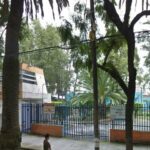
Nearest at 0.25 kms.
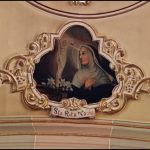
Nearest at 0.36 kms.
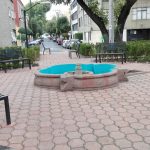
Nearest at 0.38 kms.

An all but forgotten island of the ancient Texcoco Lake . . .
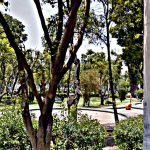
A charming neighborhood park in Tlalpan . . .
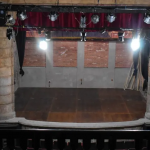
An exceptional mini-theater district in the heart of Churubusco . . .

A 24-hour flower market in a busy corner of Tlalpan's hospital district . . .
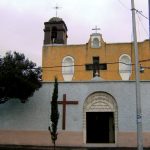
A tiny chapel recalls the long history of the Colonia Tránsito . . .